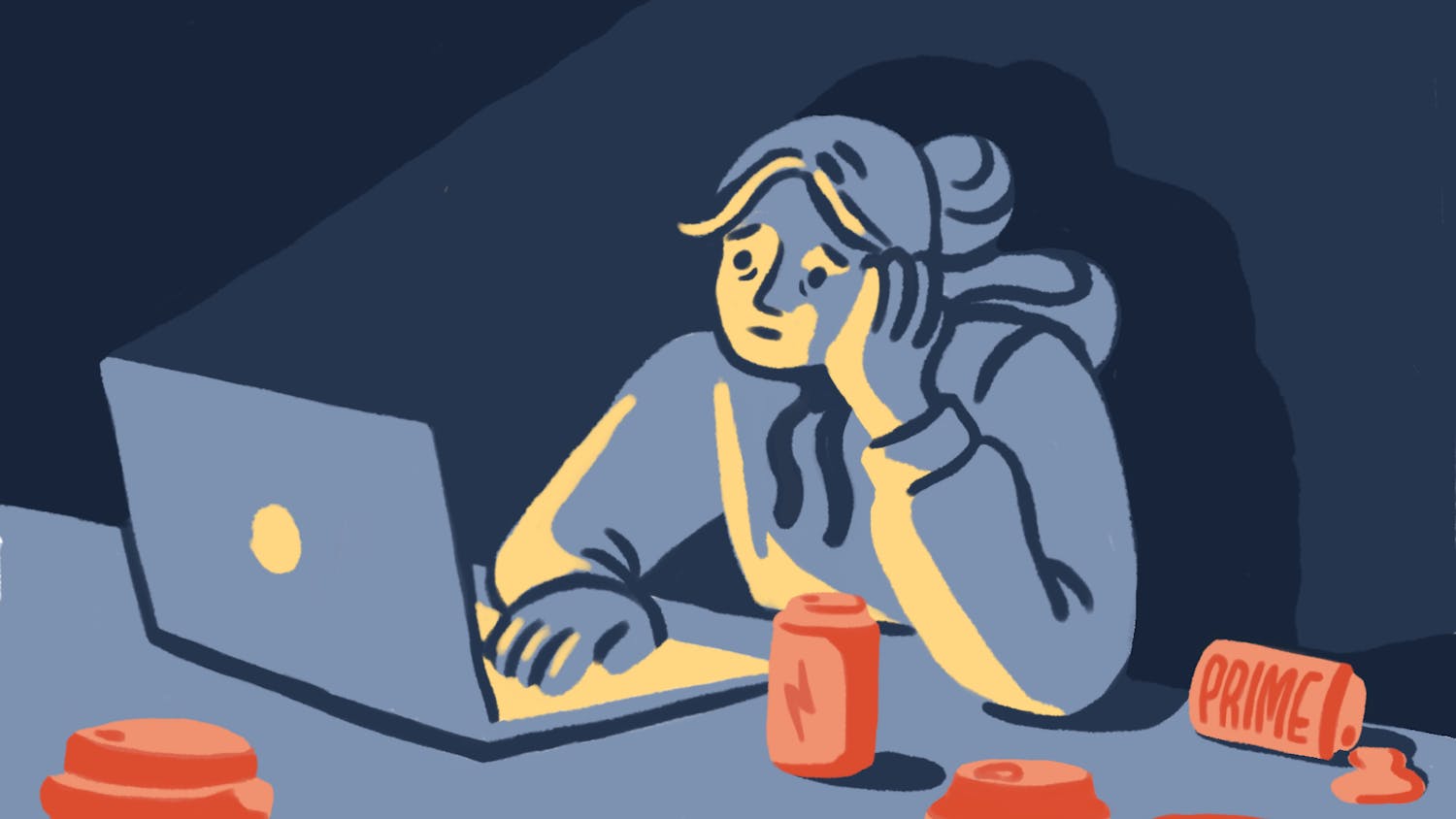“Seeing race is a social, rather than merely visual, experience,” said Osagie Obasogie, a professor of law at the University of California Hastings College of Law, in a lecture Tuesday afternoon. This conclusion, which Obasogie reached through his research, could have implications for policy and law, he said.
Through research he began in 2005, Obasogie endeavored to confirm or refute the idea that blind people do not consider race because it is a visual experience, he said in the lecture. He explored this question by conducting interviews with more than a hundred people of different races, ages and residencies. Some participants were sighted and others had been blind since birth, he added.
Through his interviews with sighted people, Obasogie concluded that “sighted people have a visual understanding of race” and “believe blind people have a diminished understanding of race,” he said. But, after interviewing the blind participants in his study, Obasogie hypothesized that blind people understand race in the same way as sighted people.
Blind people develop an understanding of race based on what people around them say and do, Obasogie said. Though they cannot see physical characteristics, blind people still associate race primarily with visual factors, such as skin color, due to social interactions, he added.
“All individuals are trained to seek and give meaning to the visual distinctions that society deems as important,” Obasogie said.
Obasogie used these findings to question the ideology of colorblindness, which is frequently brought up in relation to the law. The ideology suggests that sighted people should mimic the way “blind” people supposedly perceive race — that is, that they should not take it into account at all, Obasogie said.
Because his research shows that blind people have a comprehensive understanding of race, it calls into question the entire basis for the colorblindness ideology, Obasogie said.
“Colorblindness” has recently been used by courts to get rid of affirmative action, Obasogie said. He said he hopes his research can change the use of colorblindness and lead states to consider racial factors and discrimination when giving out benefits, he added.
Audience members responded positively to Obasogie’s lecture.
Krishan Aghi ’15 said he spent a lot of time researching Obasogie prior to the event and that his high expectations were met. He added that he found the lecture “enlightening.”
Aghi and Rana Suliman ’16 both said they liked Obasogie’s research. Meg Miller ’15 agreed, but added that she wished he had included research on people who had not been blind since birth as well.
Aghi said he agreed with Obasogie’s conclusion that colorblindness is harmful. It is important for the court system to take past discriminations into account, he added.
Colorblindness does not work because it “is premised upon a lie,” Obasogie told The Herald. It can be harmful in the real world, where “the past continues to be with us,” he added.
The lecture was held in MacMillan 117 and hosted by the Third World Center. About sixty people attended.
ADVERTISEMENT




